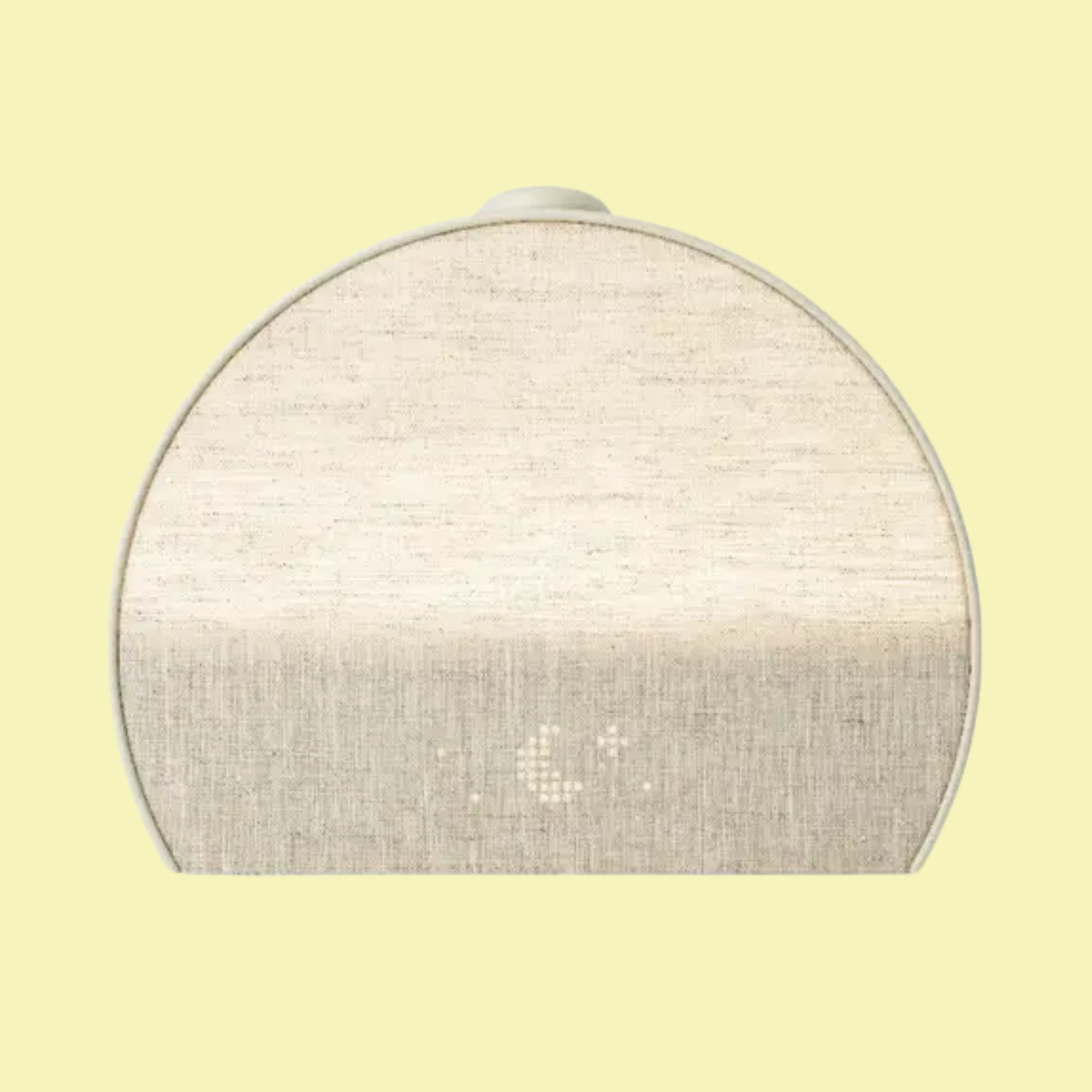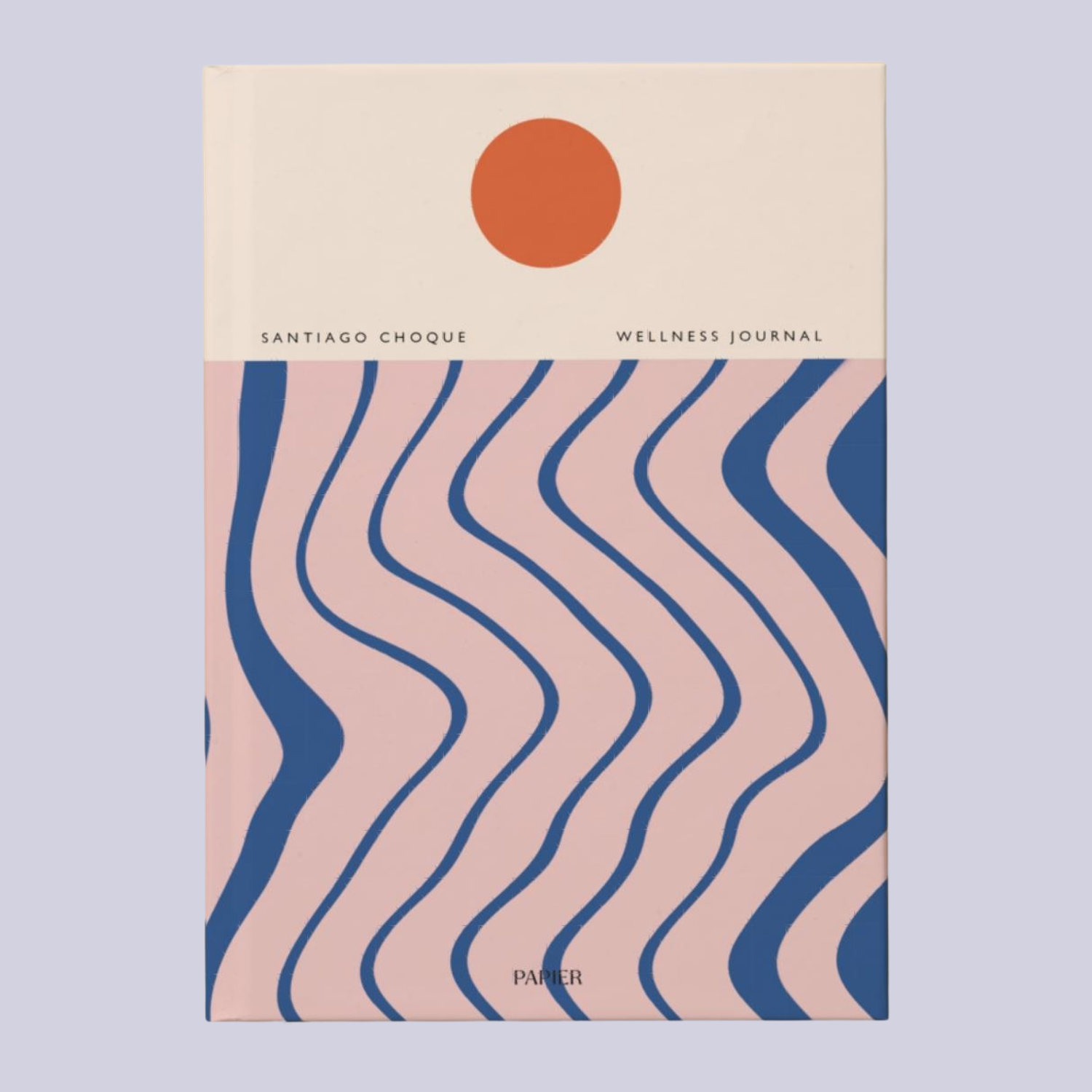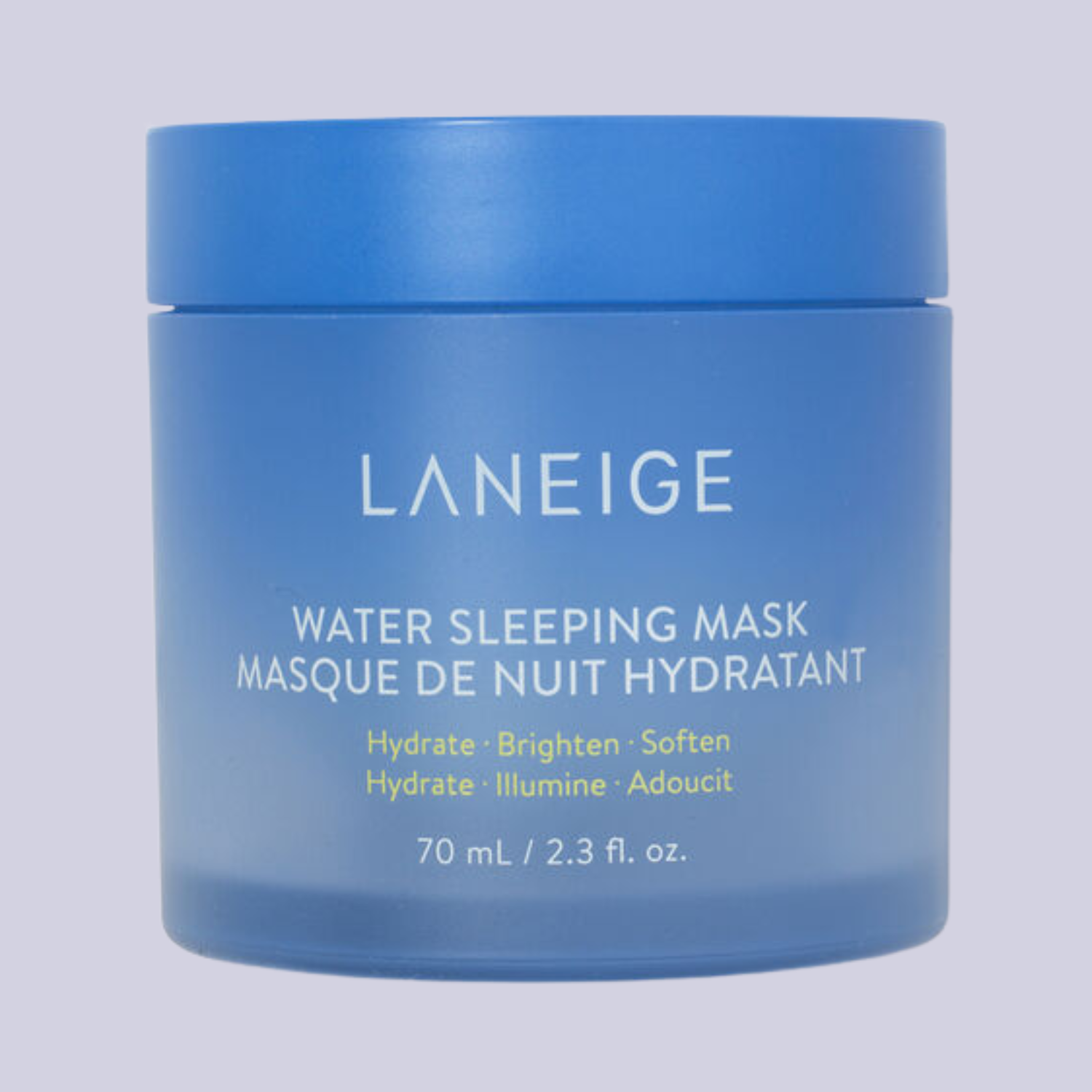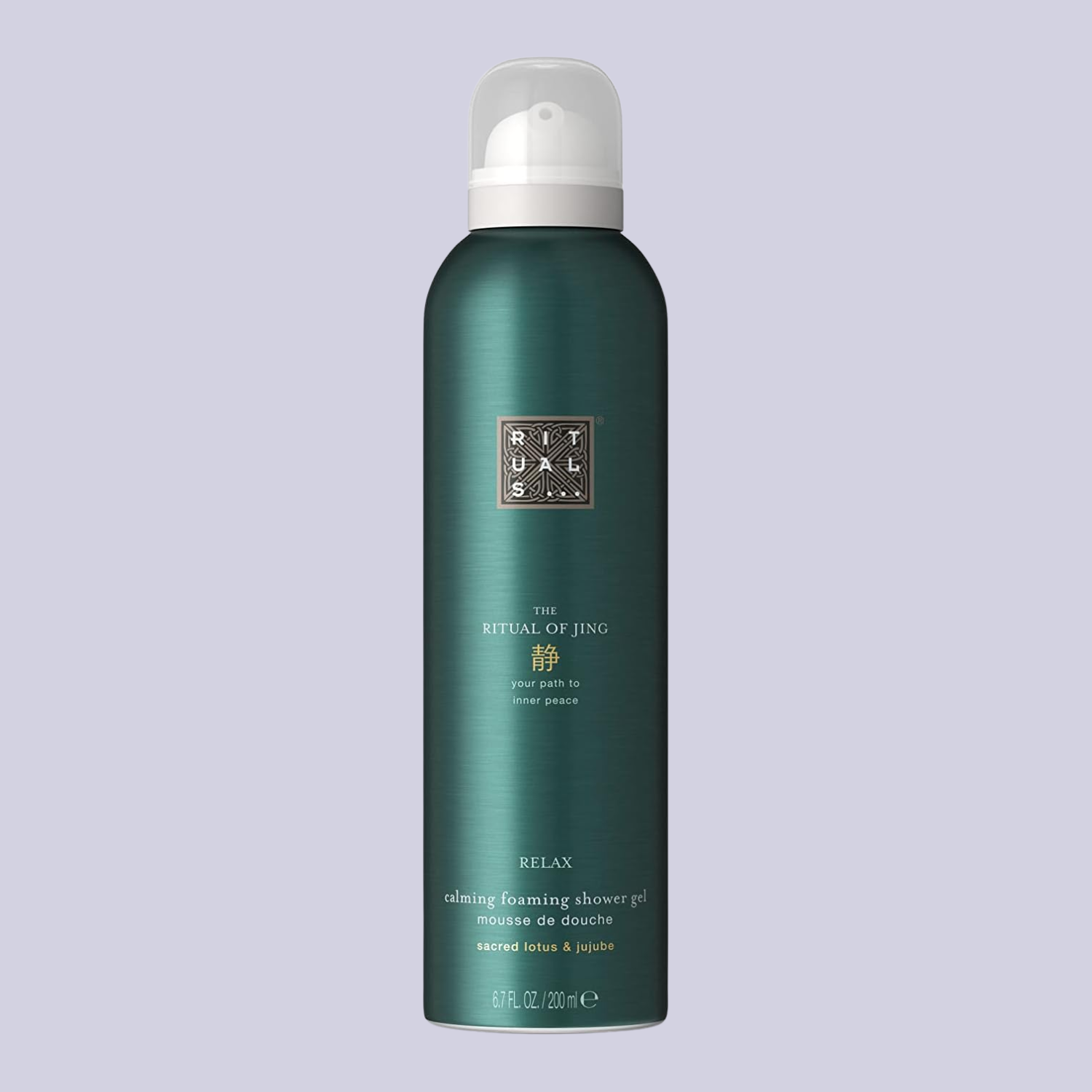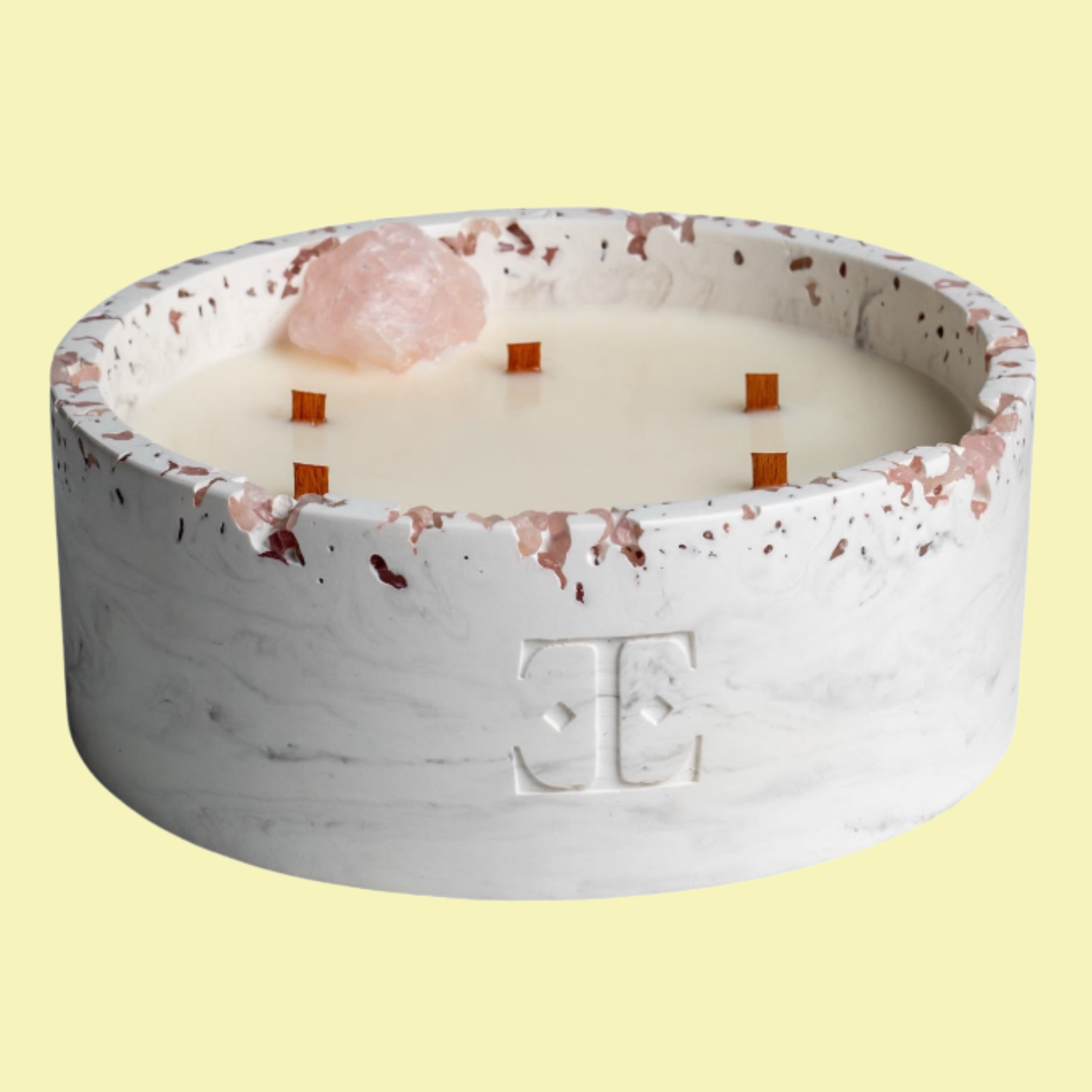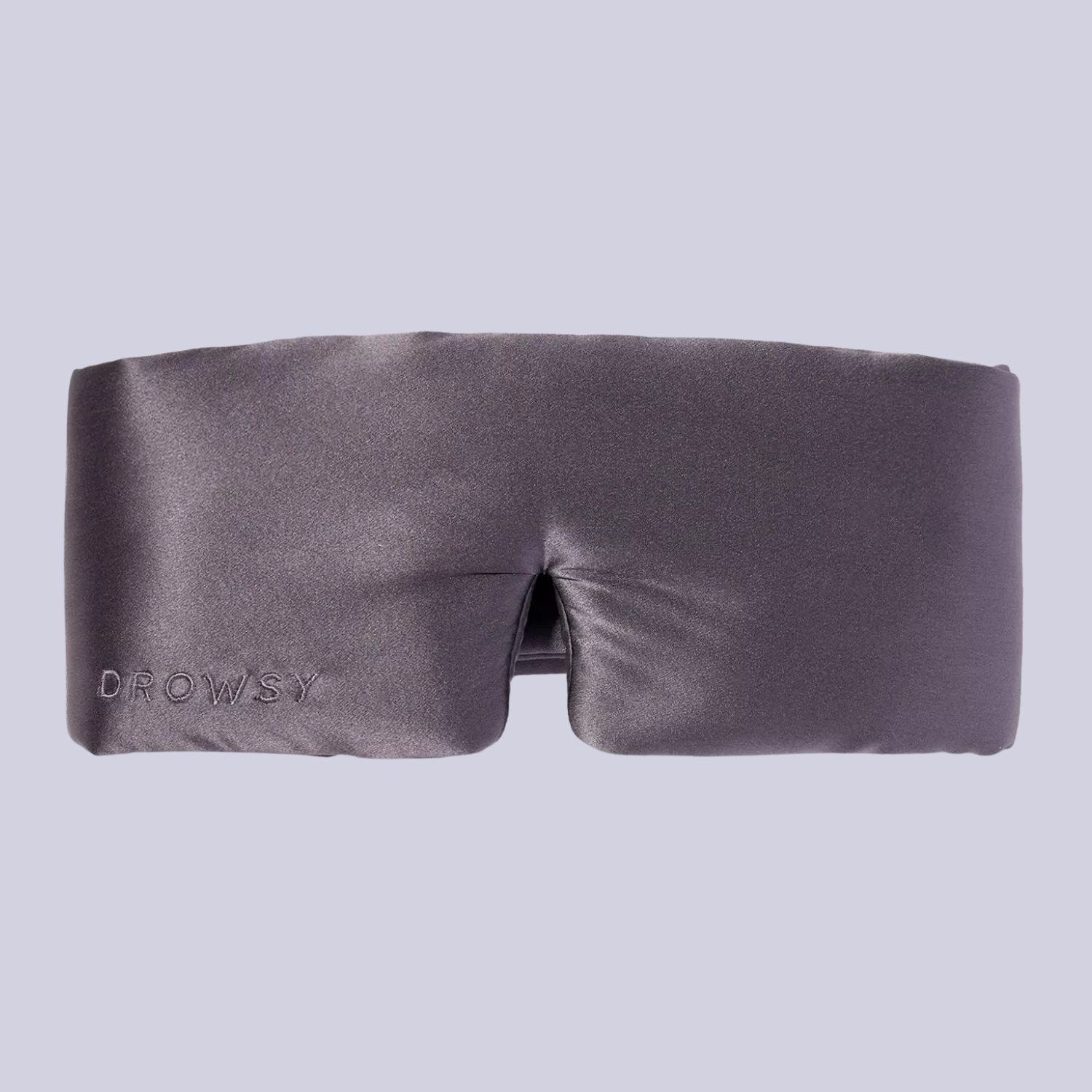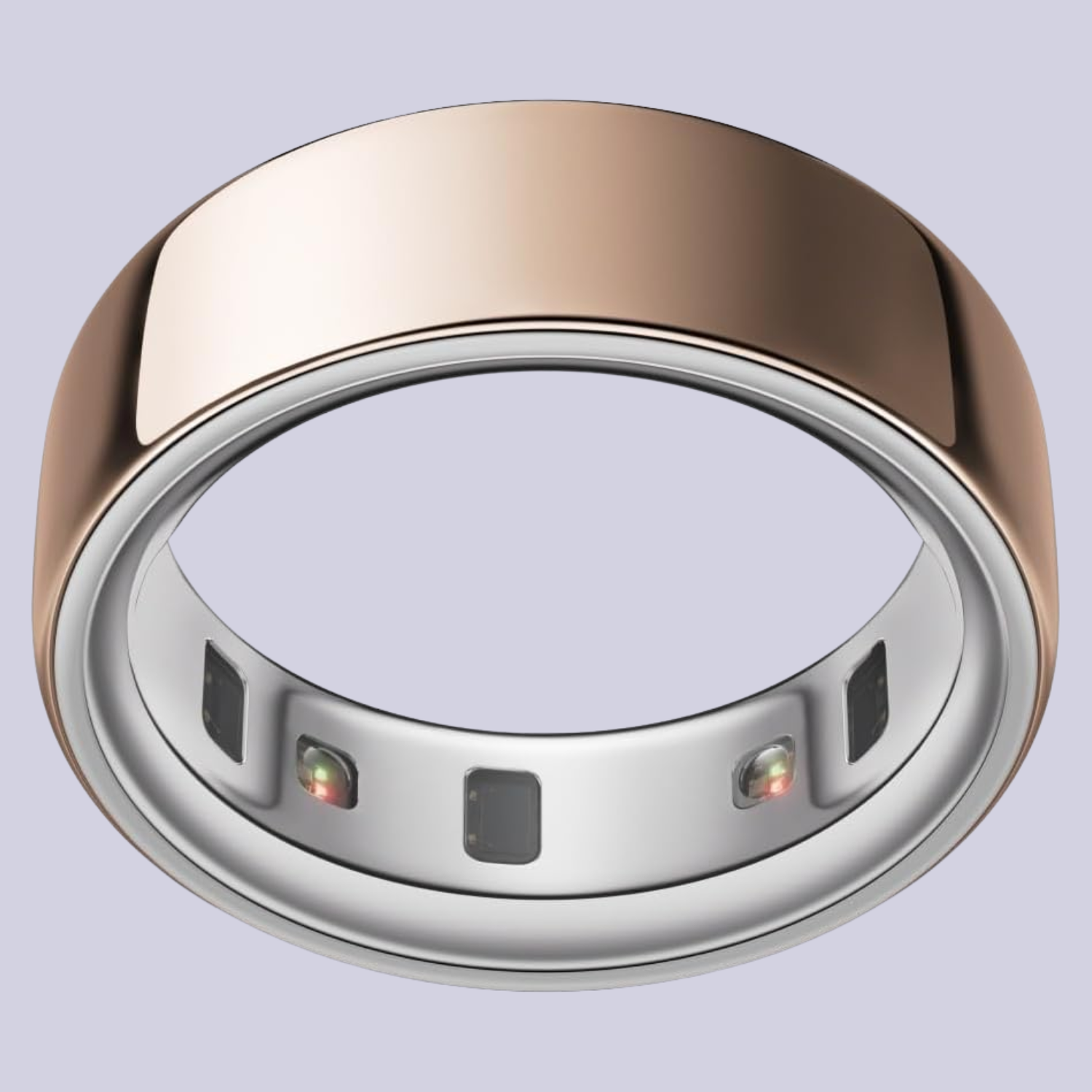Finally, a Good Night's Rest — How to Sleep Better, According to Sleep Experts, From Design to Routine (and Everything in Between)
Sleep and wellness experts share their top tips for creating the ultimate sleep sanctuary
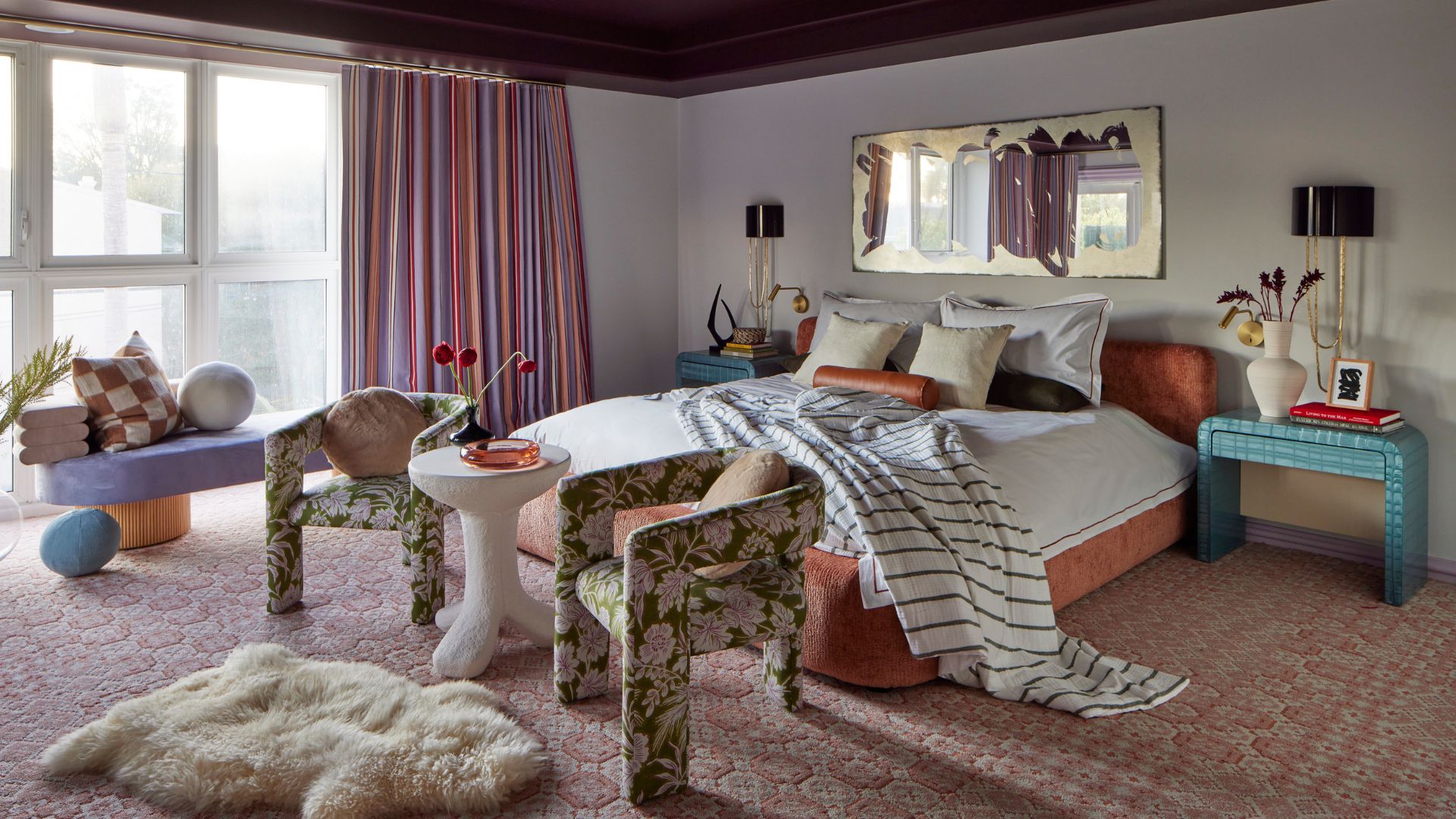

Fleur Britten
At the heart of wellness is consistent, restful, healthy sleep. And there's a lot more to it than just letting your head hit the pillow at night. We spend a third of our lives sleeping, so it goes without saying that we need to make sure we're doing it properly.
To learn how to sleep better, you must consider every aspect of your rest routine, from the design of your modern bedroom to the comfort level of your bedscape, and everything in between.
Sleep and wellness experts explain everything you need to know to master the art of a good night's rest — your journey to better sleep begins now.
How to Sleep Better
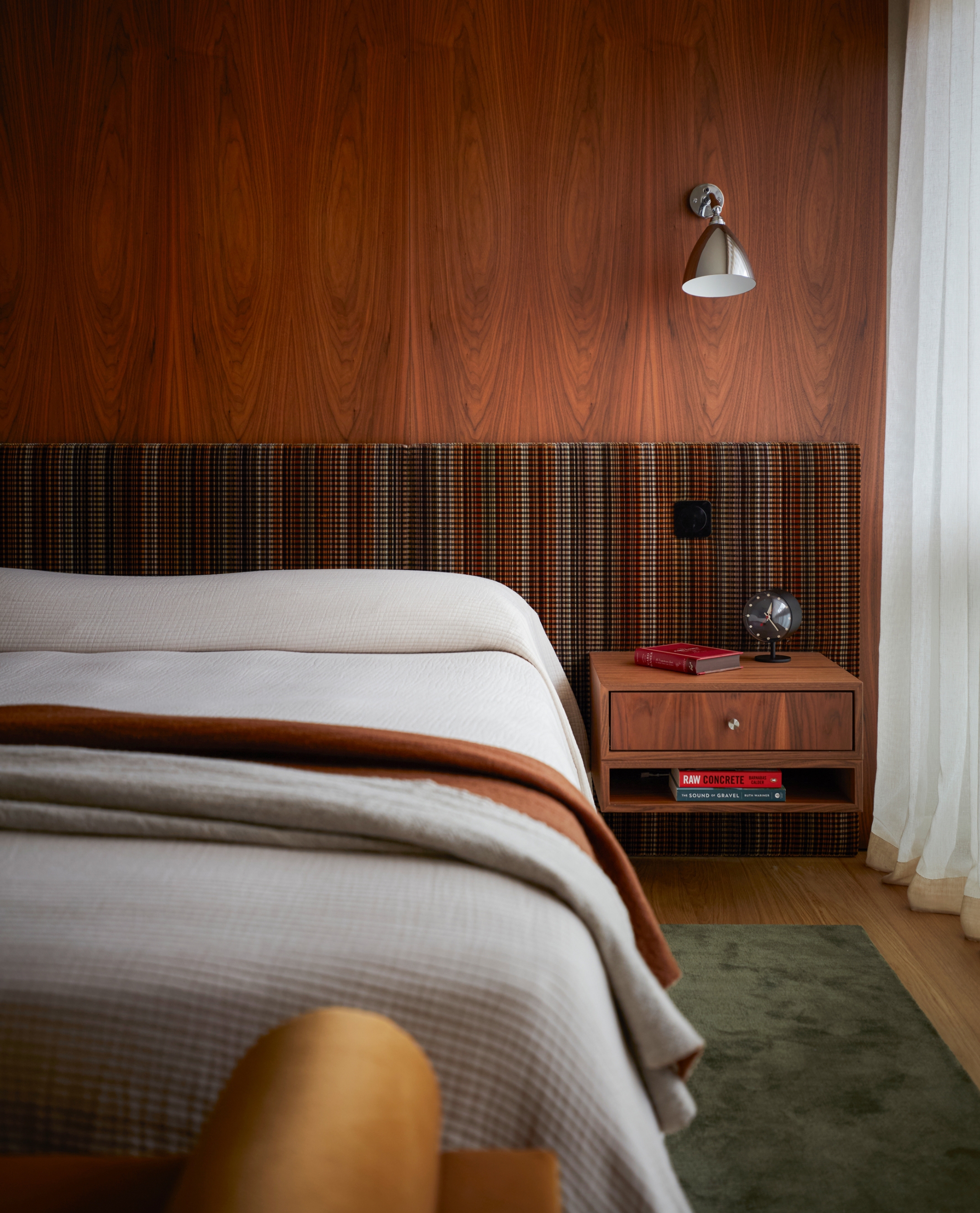
If you want to sleep better, "recognise the fact that sleep is important and if you have the choice to sleep when you can, prioritize it,” says Professor Guy Leschziner.
Worrying about your sleep is a very modern preoccupation — when a group of American sleep scientists studied African and South American hunter-gatherers in 2015, they discovered that these tribes didn’t experience anything remotely like our levels of insomnia. As such, they concluded that insomnia is a function of the Western lifestyle.
“Modern society is not conducive to sleep,” says Professor Guy Leschziner, a consultant neurologist and professor of neurology and sleep medicine at King's College London, who specializes in sleep disorders and epilepsy at Guy's and St Thomas' Hospitals.
“A racing or worrying mind is not good for sleep — nor is a bright computer screen, surfing the internet or social media,” he says and will lead to trouble sleeping through the night.
Insomnia is a common problem, with a third of British people suffering from it, but we now know more about how to sleep better, so we can make changes for the better. And in terms of how much sleep we need, it doesn't have to be exactly eight hours.
The Livingetc newsletters are your inside source for what’s shaping interiors now - and what’s next. Discover trend forecasts, smart style ideas, and curated shopping inspiration that brings design to life. Subscribe today and stay ahead of the curve.
“Somewhere between seven and eight and a half hours is considered optimal,” Leschziner explains. “There is good evidence that regularly getting fewer than seven hours or more than nine isn’t good for you”.
It's not a one-size-fits-all number, though, with variations depending on age and genetics all having a part to play — plus it really does depend on how you feel.
Lisa Artis, deputy CEO for The Sleep Charity, says: "If your day is still a slog by lunchtime and you find yourself turning to junk food and caffeine to get you through, then you’re not getting enough.”
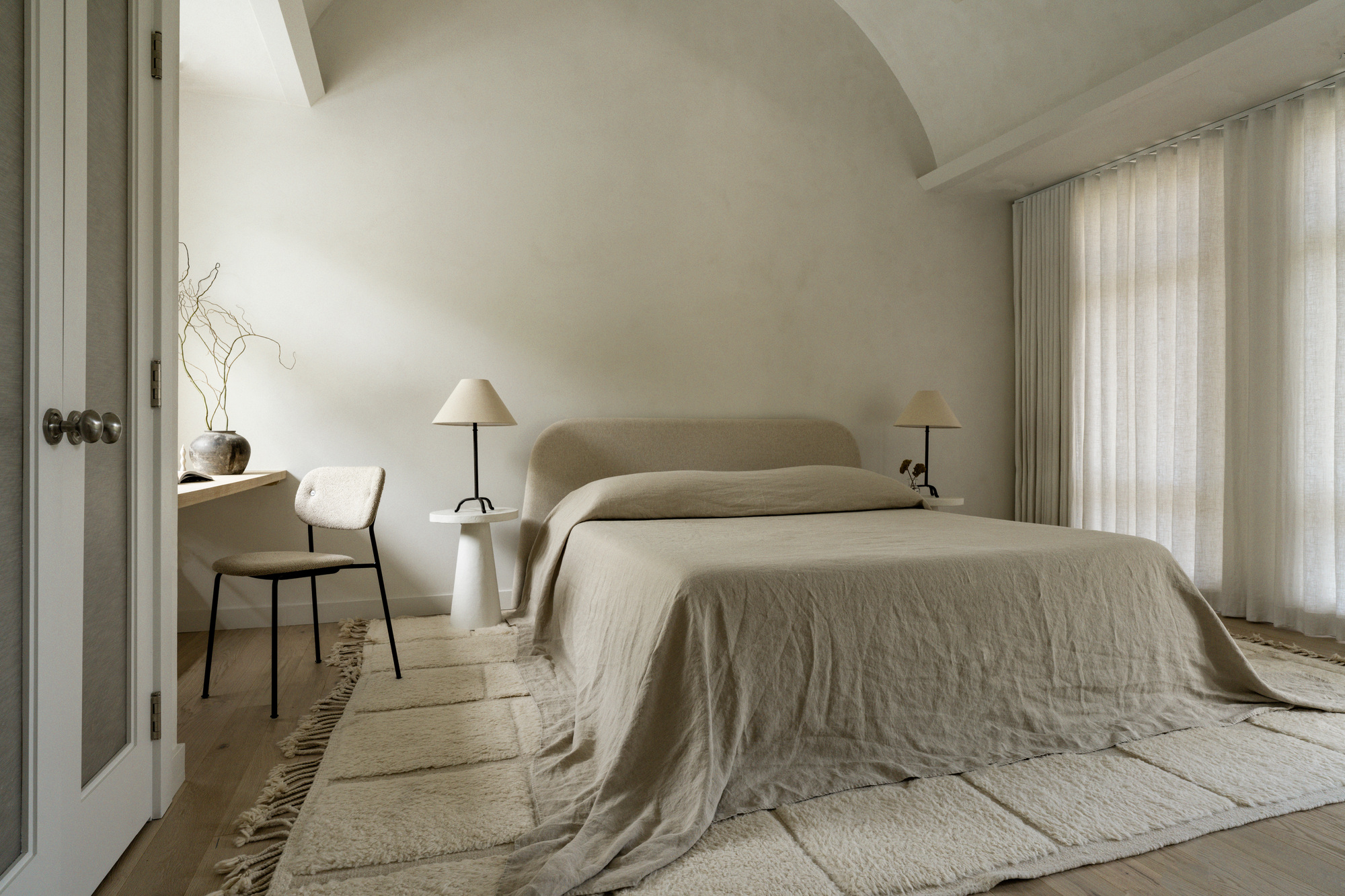
Consistency is key — aim to wake at the same time every day, even on weekends.
Plus, worrying about how much sleep you're getting is likely impacting your night's rest. For Leschziner, sleep trackers should be avoided.
“Their accuracy is dubious, especially if you have sleep issues.” And if a sleep tracker is saying you've slept terribly, “that’s probably going to give you a worse night's sleep,” he adds. “I’ve seen people descend into a spiral of anxiety, depression, and worsening insomnia because the tracker is telling them they're only getting an hour of dreaming sleep.”
Anxiety is not sleep's friend. And if your sleep hygiene is already good, then consider CBT-i (Cognitive Behavioural Therapy for Insomnia), which is widely regarded as the gold standard treatment.
A digital form of CBT-i is available via the Sleepio app, covered by NHS projects in selected areas in the UK, and at no cost as a covered benefit by many employers and health plans in the US. The six-week programme is said to be "clinically proven to help people fall asleep" with 54% falling asleep faster, 62% spending less time awake at night, and 45% experiencing better function the next day.
CBT helps people learn techniques to break the cycle of unhelpful thoughts and behaviors that further worsen sleep problems. If, however, you believe you do have insomnia, then don't delay in getting to a doctor — you may have a treatable sleep disorder, such as sleep apnoea or restless leg syndrome, for example.
How to Design a Bedroom for Better Sleep
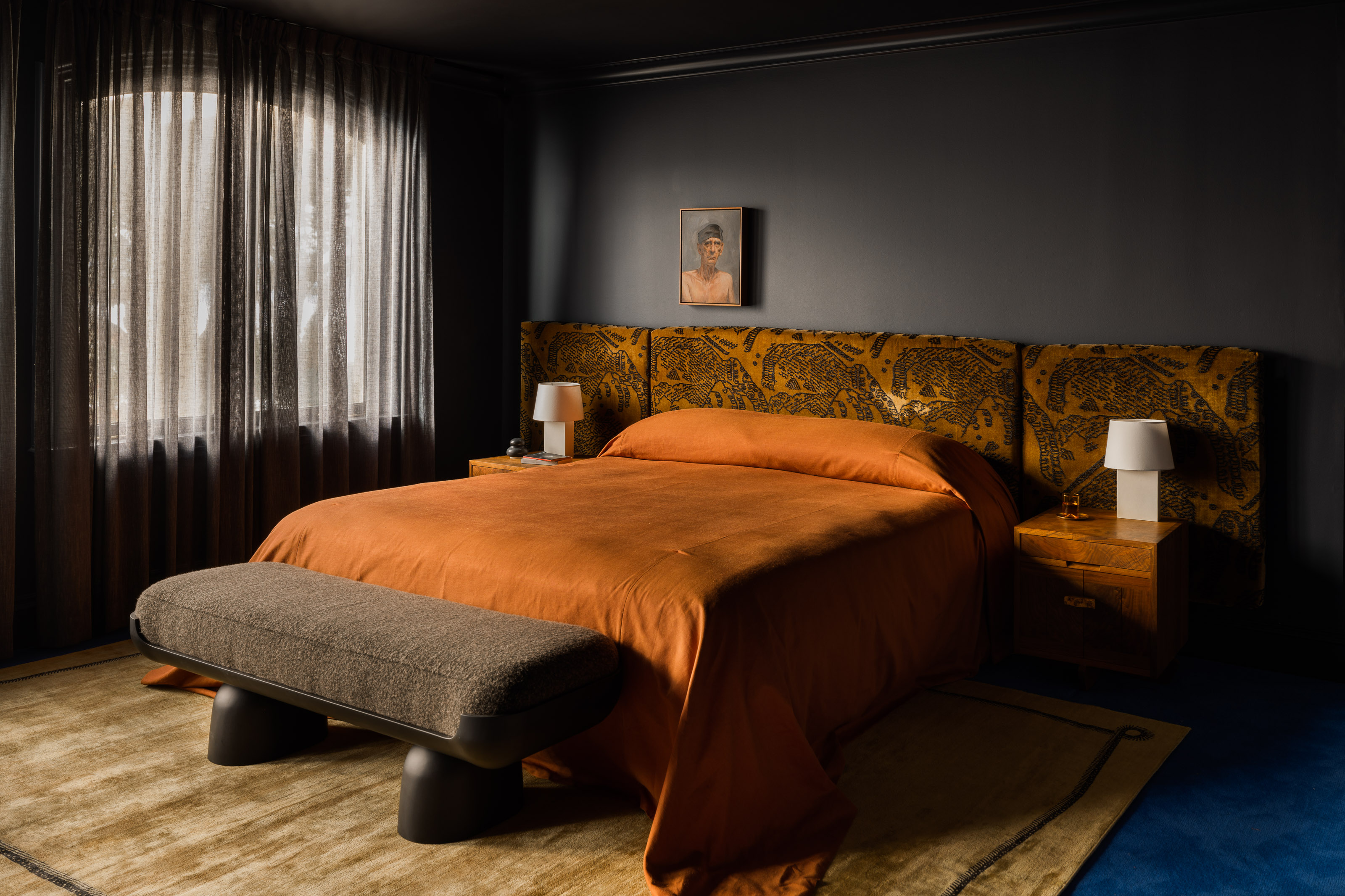
Turning your bedroom into a sleep sanctuary is the basis of a better night's rest.
Every element of your space can either enhance, or take away from your sleep sanctuary — from the bedroom furniture you use to the color you paint the walls and the decor items you choose to incorporate — so ensure you design your bedroom around its core function.
"Consider how to optimize the space for comfort and pay close attention to light, temperature, humidity, and noise," suggests Brandon Peters, author of Sleep Through Insomnia. "Reserve the bedroom as a space for sleep. Go to bed feeling sleepy, and leave when awake. This conditioning helps to associate the bedroom with sleep and reduces the likelihood of experiencing insomnia."
Audrey Scheck, founder of Audrey Scheck Design, agrees, and advises: "To turn your bedroom into a sleep sanctuary, focus on creating a serene and comfortable atmosphere. Declutter the space to promote a sense of calm, and consider incorporating soothing neutral colors and soft textures. Enhance the ambiance with dimmable bedroom lighting and blackout curtains to block out unwanted light."
10 Top Tips on How to Sleep Better
Here are ten ways to help you create a calming, relaxing bedroom that will help you to sleep better — from bedding and lighting to sleep aids and routines — your good night's rest starts now.
1. Invest in a Quality Mattress
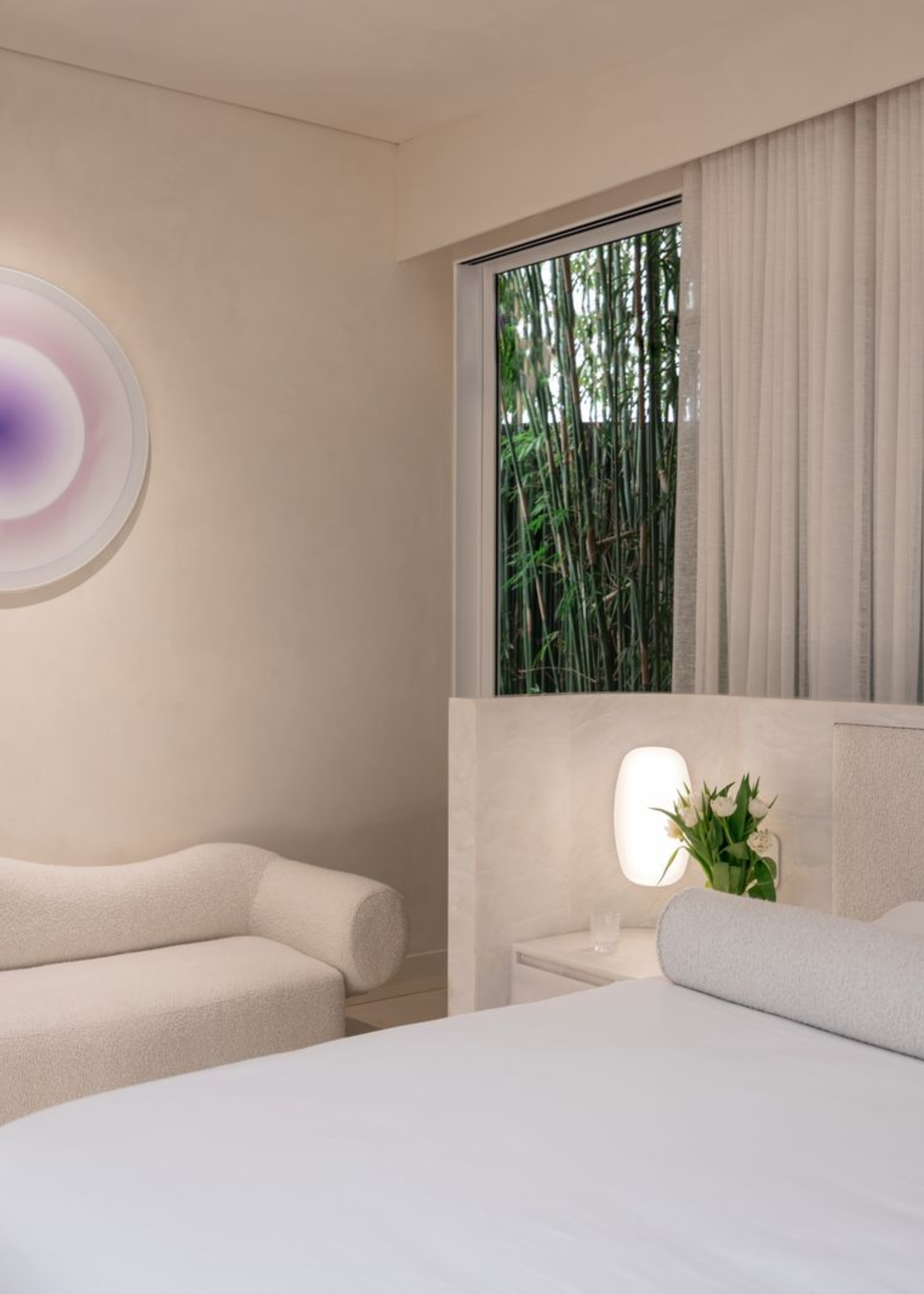
The quality of your mattress is at the core of better sleep.
The most important part of exercising any skill is to set a solid foundation for success. And where healthy sleep is concerned, your mattress can make it or break it. So, your first step to sleeping better is to learn how to choose a mattress.
Typically, this involves the great debate of hard beds vs soft beds. Once you land on the mattress firmness that best suits you and your partner, you'll have the most important physical aspect of your rest routine squared away.
And if you and your other half differ in your mattress needs, then this Bennett Mattress from Feather & Black features a split tension option that will satisfy both your requirements.
2. Select Your Pillows Based on Sleep Style
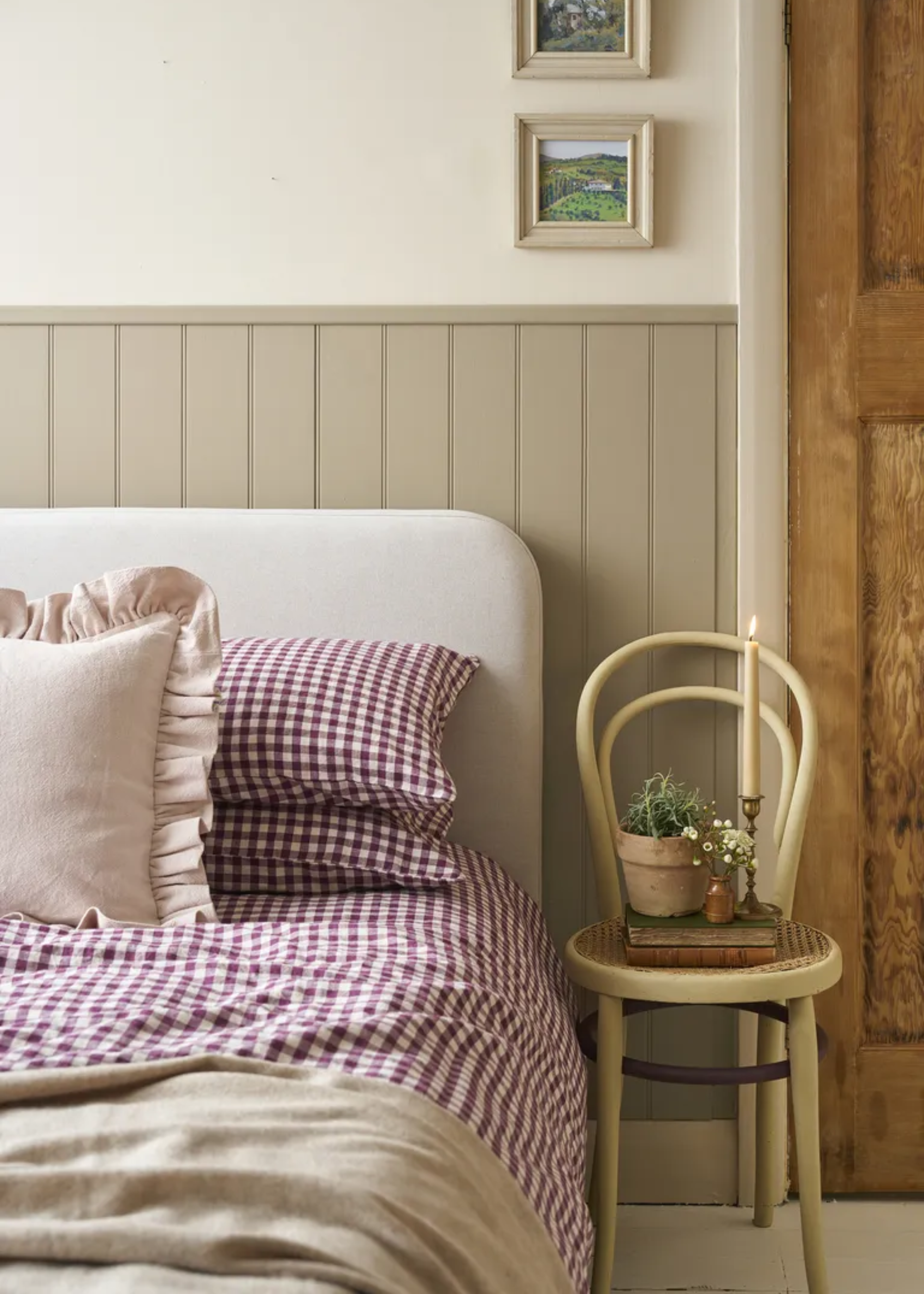
Don't just pick a pretty pillow, select one that fits your lifestyle.
With your mattress picked, your next call is to select the types of pillows that will support your head as you rest. When learning how to choose the perfect pillow, the answer lies in your natural sleep position.
For instance, the viral Save My Face Silk Pillow is ideal for side sleepers. And if (like me) you tend to switch your sleep positions often, then maybe you can bring some of that holiday comfort home with hotel pillows.
There is also the question of how many pillows you should sleep with, which all comes down to the height of the pillow, or pile of pillows, and as such, varies from person to person.
3. Blackout Your Bedroom
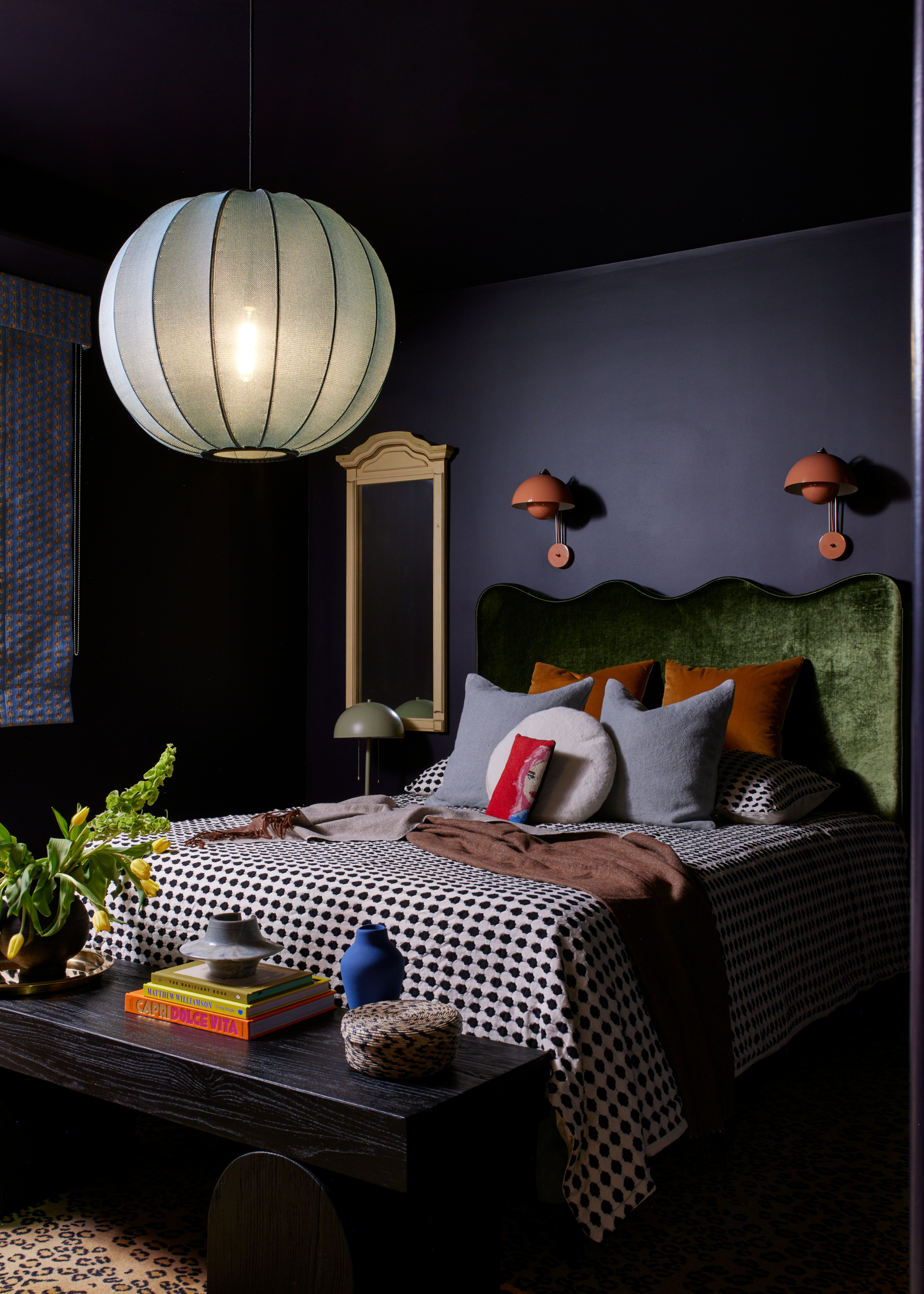
Cozy up your bedroom by blacking out the light.
Certified sleep coach Erica Huss tells me that the brightness of your bedroom can also impact how well you rest. "Eliminate any sources of light, both natural and artificial, for optimal sleep darkness," she advises.
"This includes phone screens, alarm clocks, A/C lights, etc. The best-case scenario is that you shouldn't be able to see your hand in front of your face in the dark. If it's not that dark, or nowhere even close, you've got too much light and too much opportunity for disrupting sleep."
You should, however, let the daylight in as soon as you rise. “Bright light helps people wake up more quickly,” Leschziner says. “It’s probably the strongest driver of our circadian rhythm.” Though you’ll also want to learn how to make your bedroom darker, to avoid light exposure at the wrong time of day.
Luckily, there are plenty of lighting tricks to improve sleep. And in the process, just remember to check our guide on bedroom lighting mistakes to ensure that you're not committing any faux pas that are costing you valuable rest. And if all else fails, these Brushed Viscose Blend Pair Lined Pencil Pleat Curtains in Avocado Green from John Lewis will do right by your space.
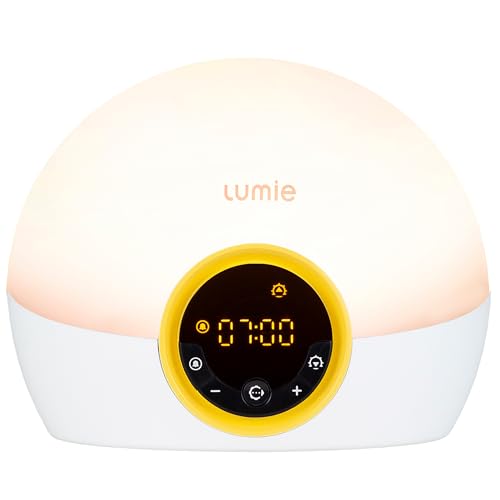
The Lumie Bodyclock Rise 100 gradually wakes you over the course of 30 minutes, naturally with light, mimicking the colors of a real sunrise and sunset, which fades at night to encourage easy sleep. It is a Class 1 certified Medical Device.
Erica Huss is a wellness expert and certified sleep coach and runs a weekly Substack called All Too Well, where she gives her readers news, tips, and product recommendations for what she truly believes can make their lives easier. She feels passionately that wellness (and particularly good sleep!) is something that should feel accessible and inclusive, and shouldn't need to cost anyone a fortune.
4. Prioritize Comfort with a Cool Space
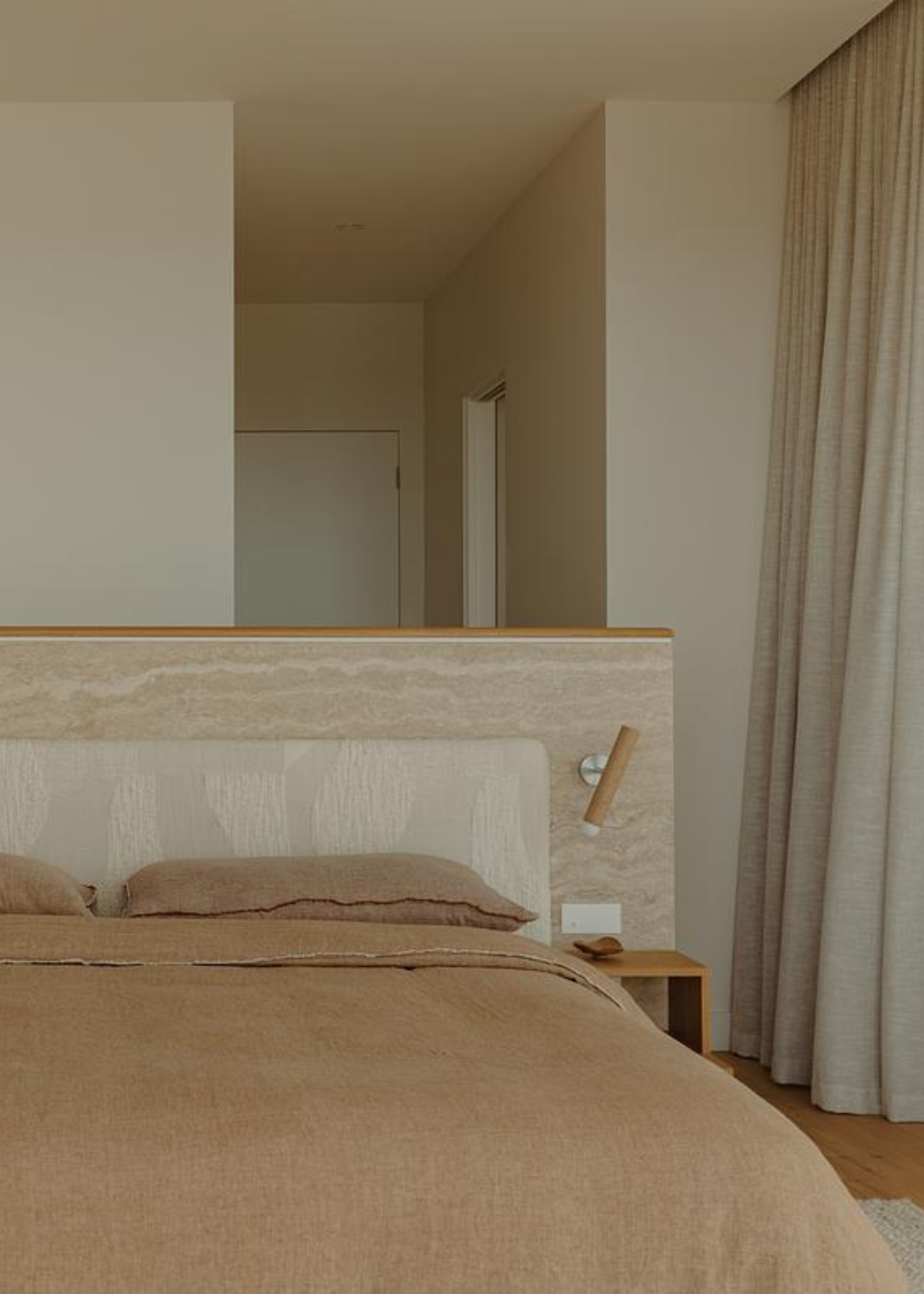
Maintain a cool bedroom ambiance for comfortable rest.
In the summer, when it's sweltering and often unavoidable, knowing how to sleep in the heat is advisable. However, the best practice to sleep better is definitely to keep your sleep space cool and comfortable.
Temperature is one of the most important aspects of your sleeping space, and Lisa Artis advises that your bedroom should be between 16-18ºC for optimum sleep.
Erica explains that "Deep sleep can only occur when the body temperature is down, and you'll notice many people who wake up around in the middle of the night notice they are hot."
If this is a major problem interfering with your sleep and you just can't seem to feel refreshed in the morning, then perhaps the viral BedJet bed climate system is worth a look. And if you're on a budget, this Shark TurboBlade Bladeless Fan from Amazon is a treat.
5. Experiment with Sleep Noise
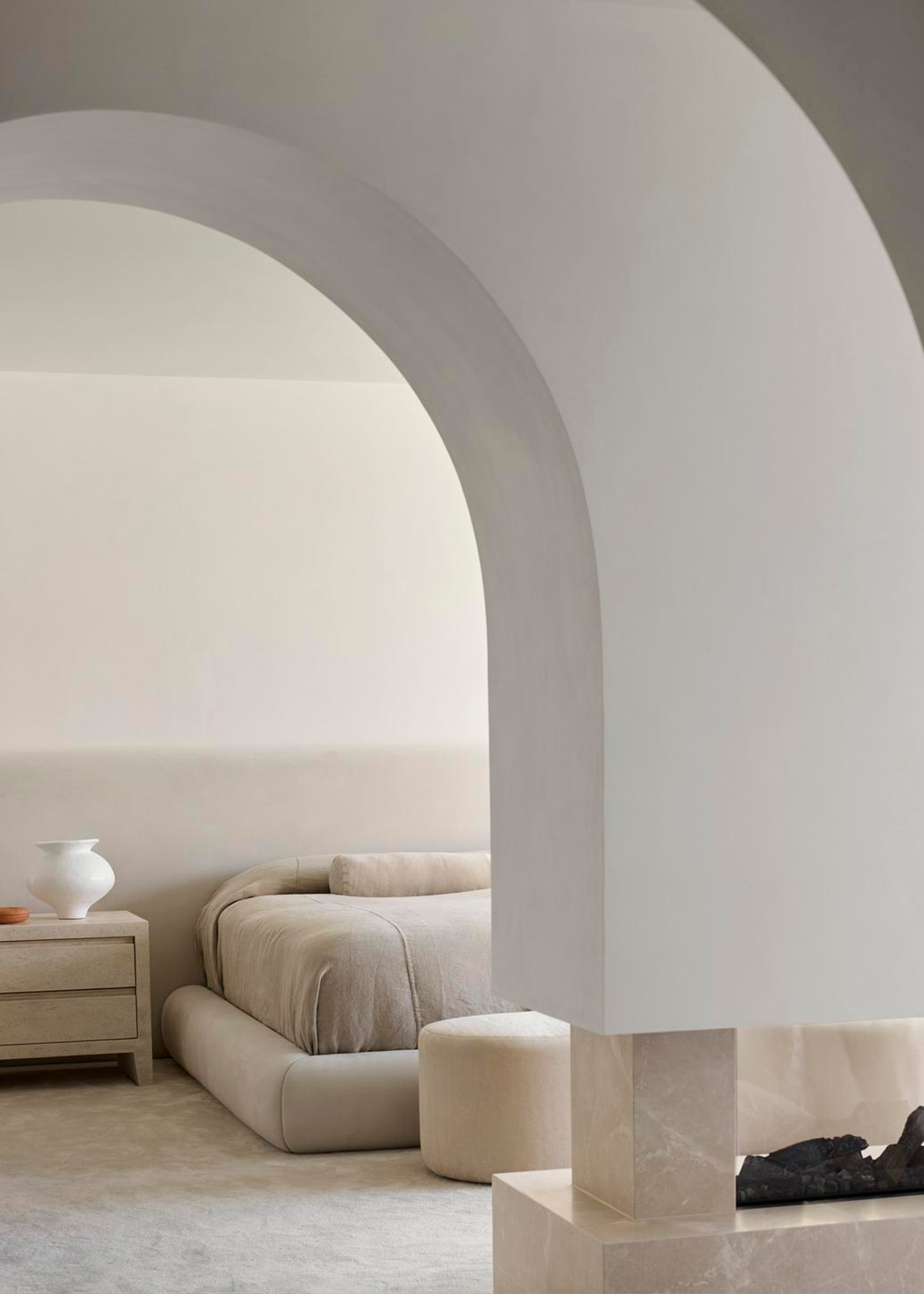
Sleep noise might be your thing, or it might not — there's only one way to find out.
Color noise has been the talk of the town in the sleep world over the last few years, and it's yet another sleep better. "Some people prefer to have noise while they’re sleeping, whether that’s a white noise machine or playing music," says Dr. Hana Patel, expert at Time4Sleep.
"However, research suggests that a silent environment is more conducive to good sleep as nighttime noise has the potential to cause a spike in adrenaline and cortisol levels, as well as elevated heart rate and blood pressure."
What works for some might not work for others. Your best bet is to consult with a sleep doctor and then experiment with sleep noise to see if it aids or disturbs your rest.
Alongside being Time4Sleep’s resident sleep expert, Dr. Hana Patel works as an NHS and private GP specialist in mental health and sleep and is passionate about supporting patients struggling with sleep-related health issues. After completing her medical training at the University College London in 2005, Dr. Hana Patel became a member of the Royal College of General Practitioners in 2010 and went on to achieve post graduate qualifications in Family Planning, Women’s Health, Elderly Medicine, ILM 5 Executive Business Coaching and Mentoring and a Masters' degree in Medical Education.
6. Ideate a Wind-Down Routine
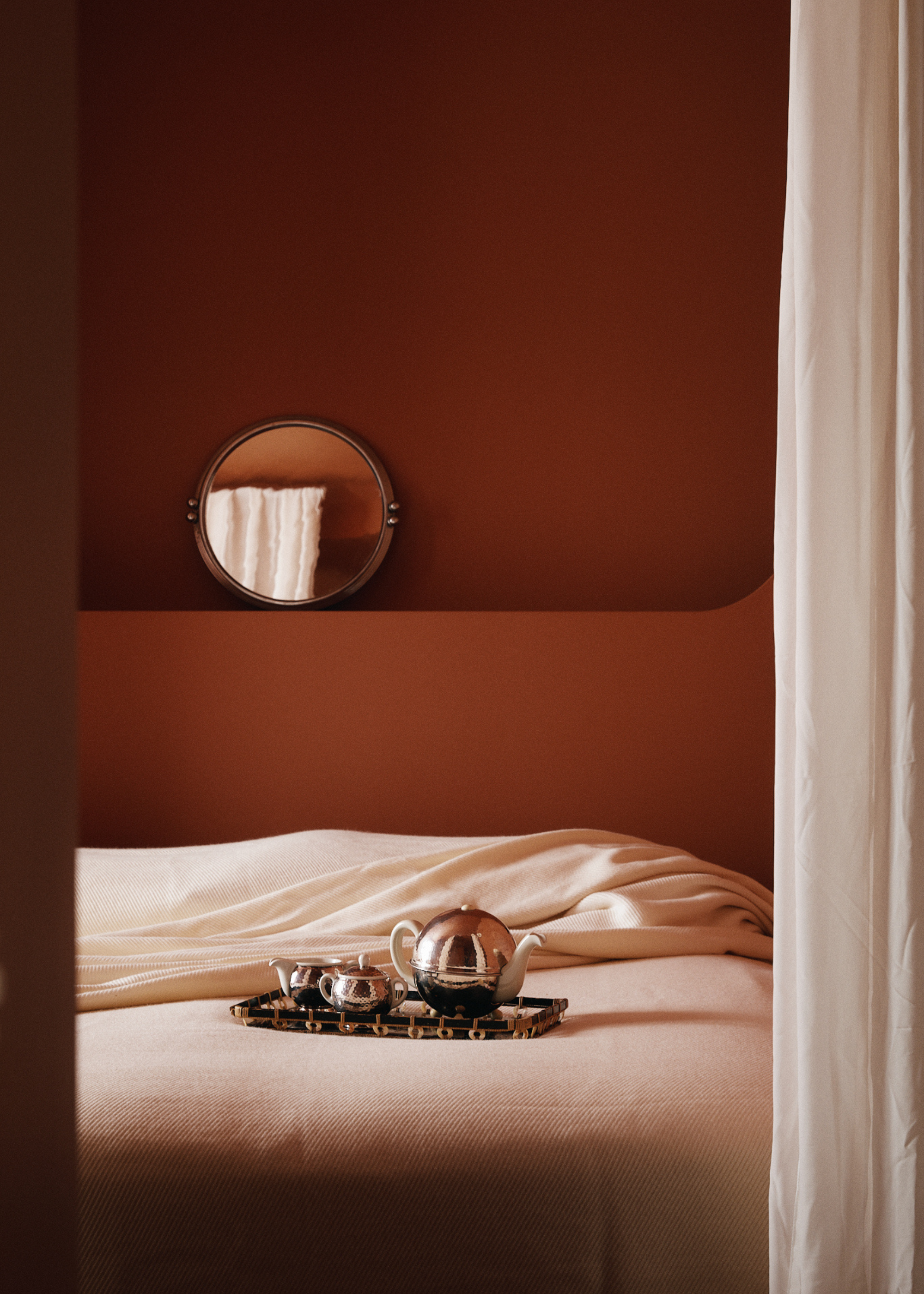
Do what brings you peace of mind to ease yourself into sweet dreams.
Healthy sleep begins way before you get under the covers. In fact, it starts the moment you wake up. But creating a restorative wind-down routine can also be the saving grace for maintaining optimal circadian rhythm.
"For most insomnias, spend 10 to 15 minutes before bed writing down your top worries and possible solutions. This prevents your mind from rehearsing problems once you are in bed," says Dr. Mike Gradisar, head of sleep science at Sleep Cycle.
"I also recommend relaxing your nervous system. Body scan meditations or slow breathwork can cut the time it takes to fall asleep by calming both body and mind. A great method for trouble falling asleep and staying asleep."
Lisa Artis agrees, stating that "your pre-bedtime ritual is about doing something that draws a line under the day, and creating a calming and relaxing space before going to bed."
Dr. Michael Gradisar, with a passion for sleep science, brings over two decades of expertise and holds a PhD in Psychology. Once a University Professor at Flinders University, he made a shift to democratize global sleep knowledge, taking on the role of Head of Sleep Science at Sleep Cycle. With 140+ published studies, Dr. Gradisar's influence spans diverse sleep topics—ranging from technology use and mental health to insomnia and circadian rhythms. His versatility positions him as an ideal commentator, offering insights on sleep across various contexts.
7. Opt for Warm Lighting Post Sunset
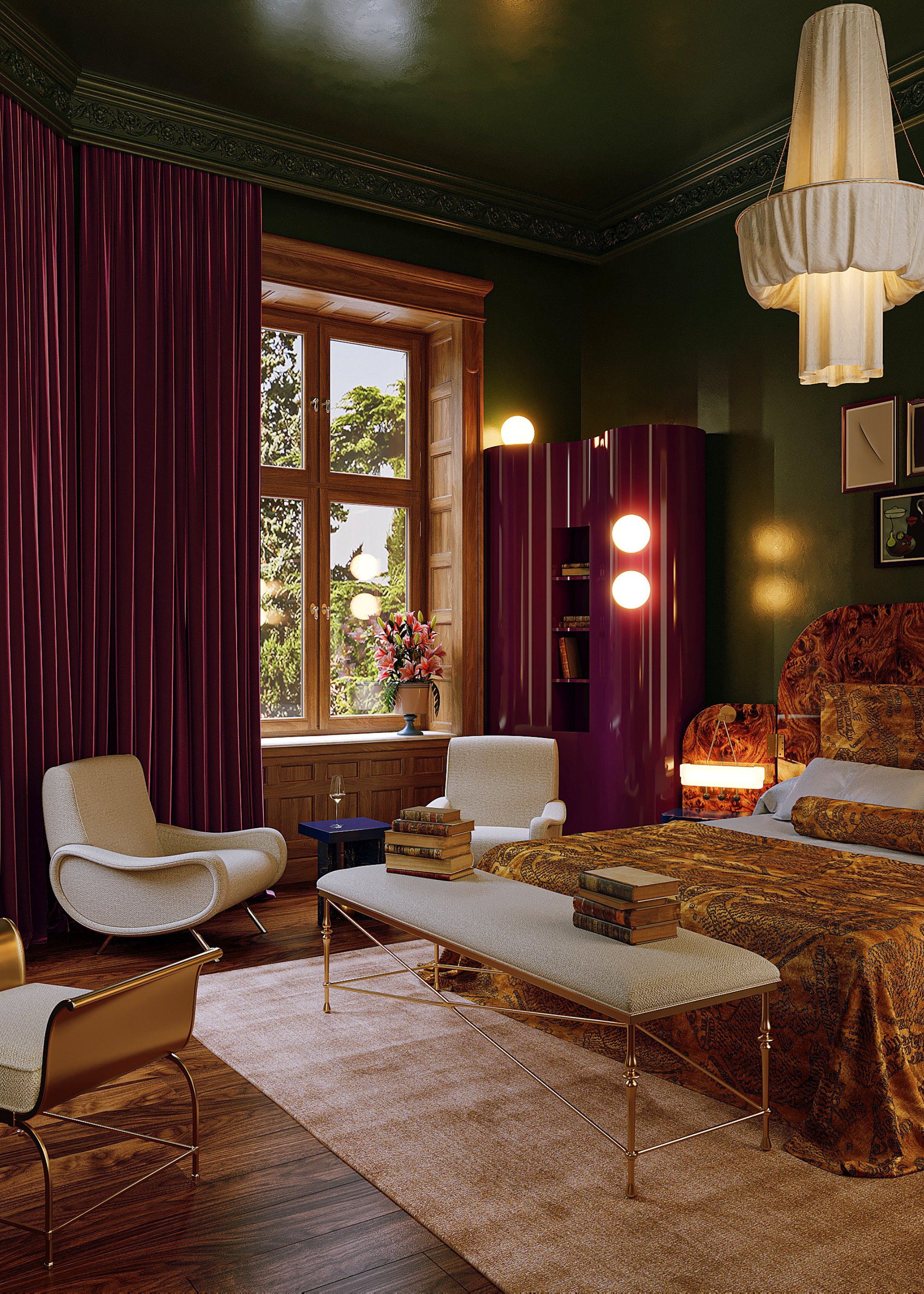
Tune your indoor lighting to the way of the natural world.
The lighting in your bedroom before you sleep is also a part of winding down for better sleep. Erica tells me that when the sun goes down, the lights at home should, too.
"Ideally, you want to remove any sources of blue light that keep the brain in active mode. So turn interior lights down as low as possible, or switch light bulbs to red to make your bedroom lighting feel cozier," she suggests.
"And if you find that switching to red bulbs is a bridge too far, there are red-lens glasses that do the trick without directly messing with your bedroom's lamps and electricity."
Lisa Artis agrees, and explains that you should switch off any source of blue light at least an hour before bedtime, "and any overhead lights, which are harsher and brighter. Think about an ambient setting with bedside lamps or candles — not only does it help create a calming, relaxing atmosphere, but a dimmed environment helps us to produce melatonin, which is what we need to feel sleepy."
8. Avoid Napping After Poor Rest
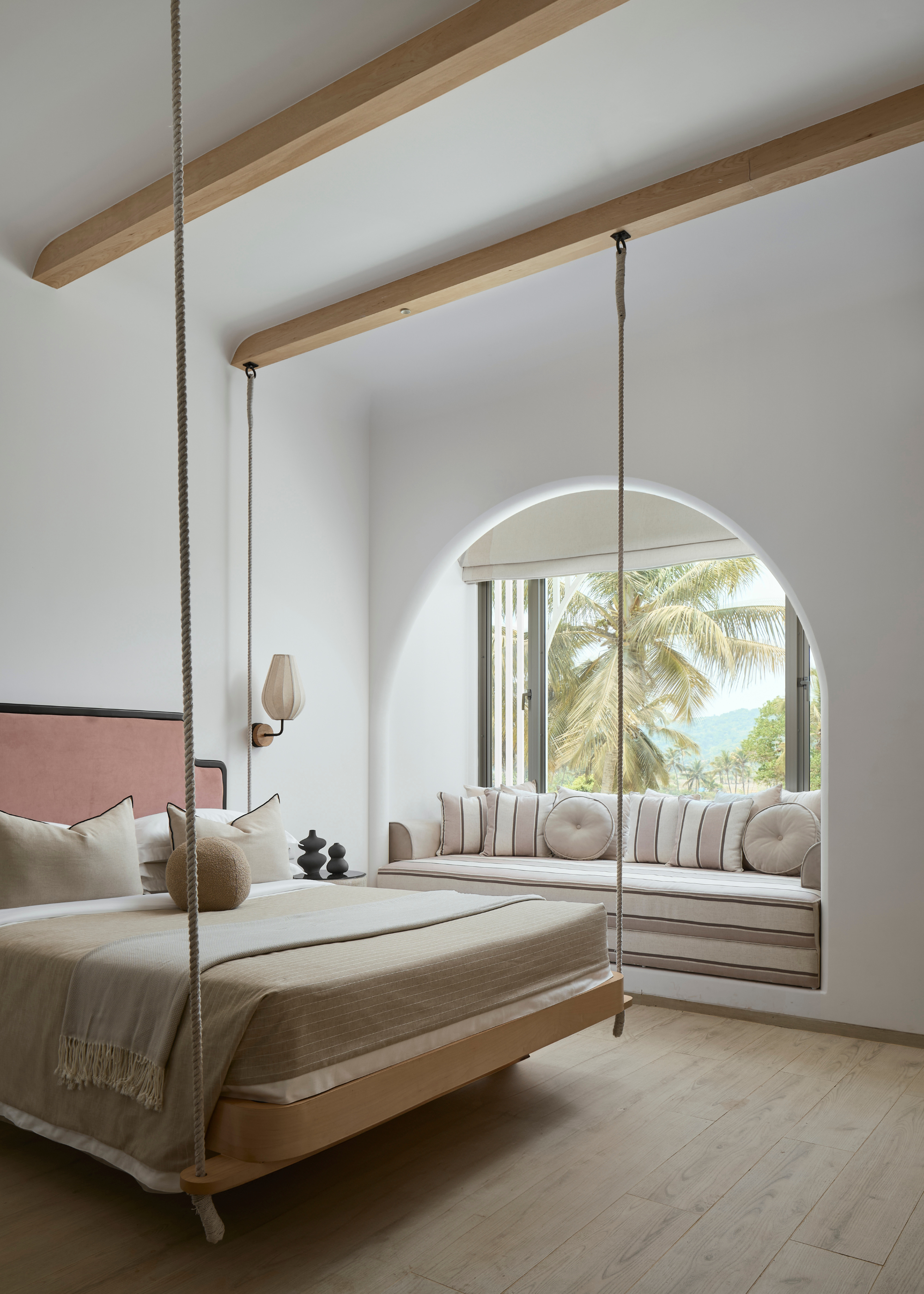
Do as you would to beat jetlag and wait it out.
After a poor night of sleep, it can be tempting to treat yourself to a nap to reduce feelings of tiredness. However, Hana explains that it's not always a good idea to indulge in a siesta.
"Napping can be counterproductive and can impact your ability to sleep well when you go to bed," she says. "Because of this, try not to nap during the day, and try to wait until your regular bedtime so that you can maintain your normal sleep cycle."
But there is one season when you can pencil in a nap by practicing biphasic sleep, and that's summer. And if you want to give your mini sleep a caffeinated twist for an energetic waking, then nappuccinos are for you.
9. Cut Out Stimulants
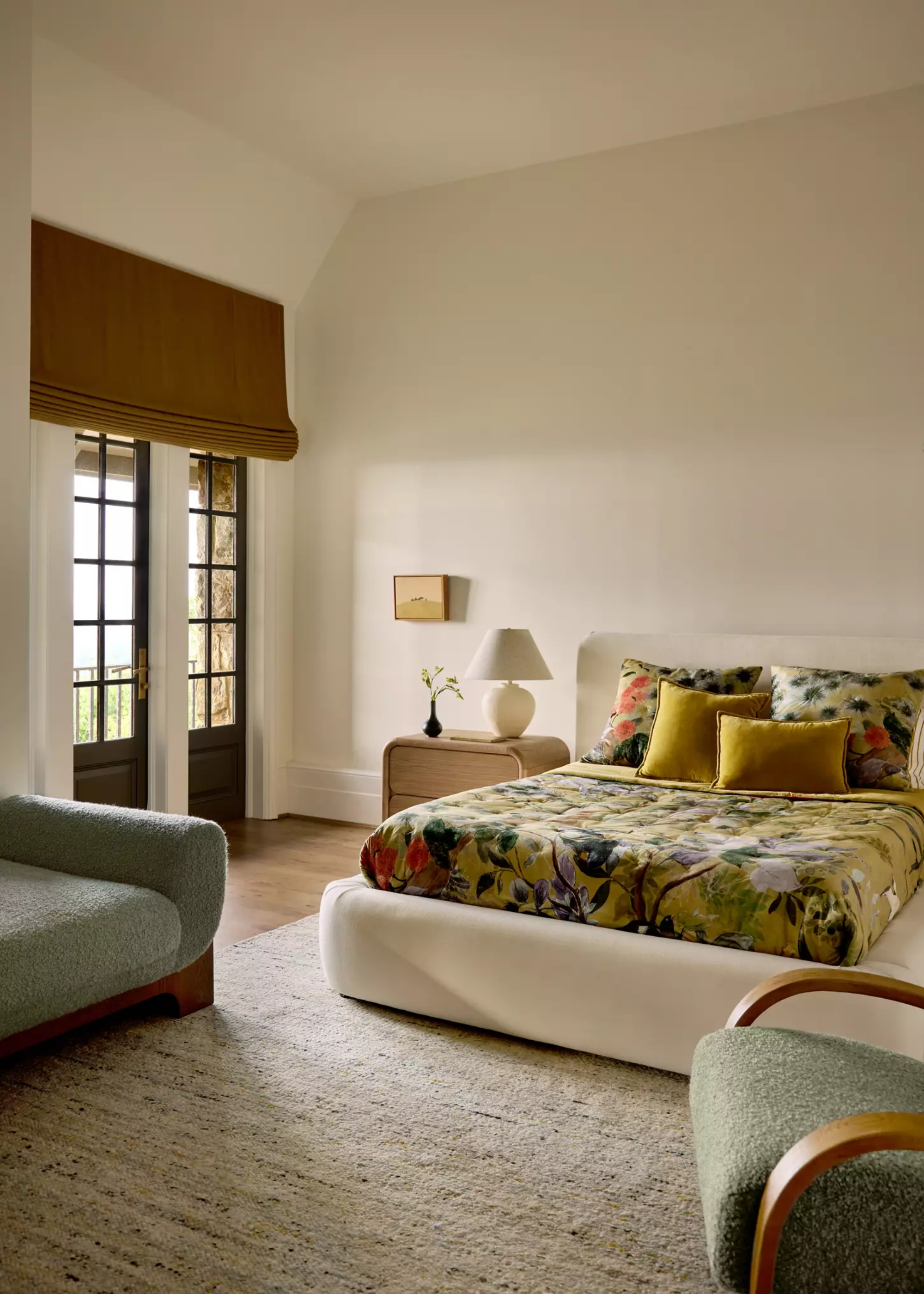
Ban stimulating decor, paint, and devices from your sleep space.
The biggest design rule for bedrooms that feel restful is to keep them clear of any stimulants. This is why it's bad for sleep to have a work desk in your bedroom. Or even a TV, a gaming console, and other screens.
My advice is to design a low-cortisol bedroom and leave this space to one task and only one task — sleep. This will help your mind and body associate the space with winding down instead of staying bright and energized.
This also includes selecting the best wall paint colors for sleep and the best bedding colors so your space is not overstimulating and rife with vibrance.
10. Indulge in Sleep Accessories
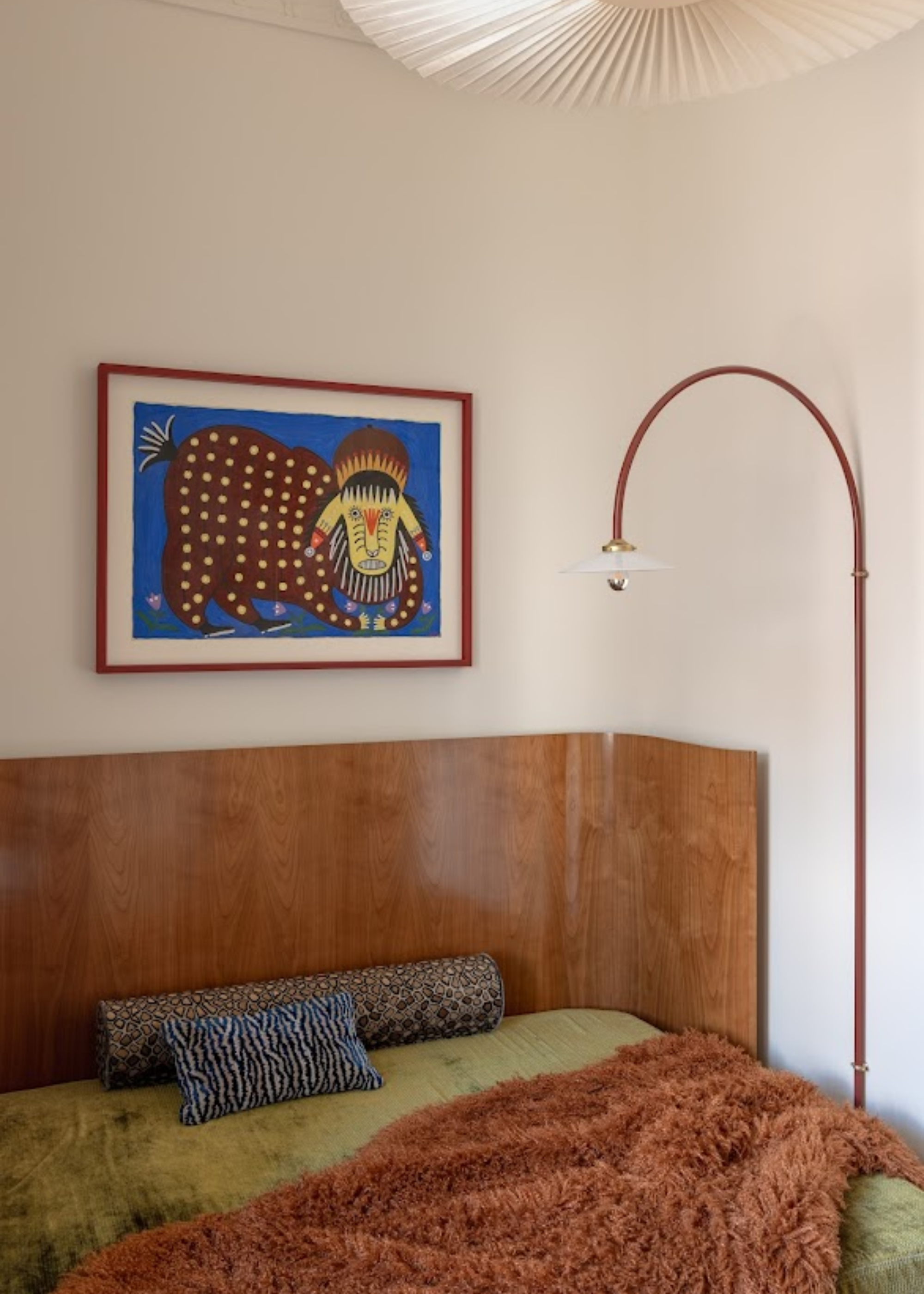
A soft sleep mask and a calming throw are the sleepy girl starter pack.
Aside from your carefully selected furniture, there are some accessories that will help ease you into the mood for sleep.
Think the best sleep masks to maintain shut eye, innovative alarm clocks to banish phones, and even a bedside carafe to quench your midnight thirst.
And you can even switch these out seasonally to keep your bedroom in tune with the ambiance outdoors, and other stylish things to aid sleep, so your space is a total dreamscape.
Why Is it Important to Learn How to Sleep Better and Fall Asleep Faster?
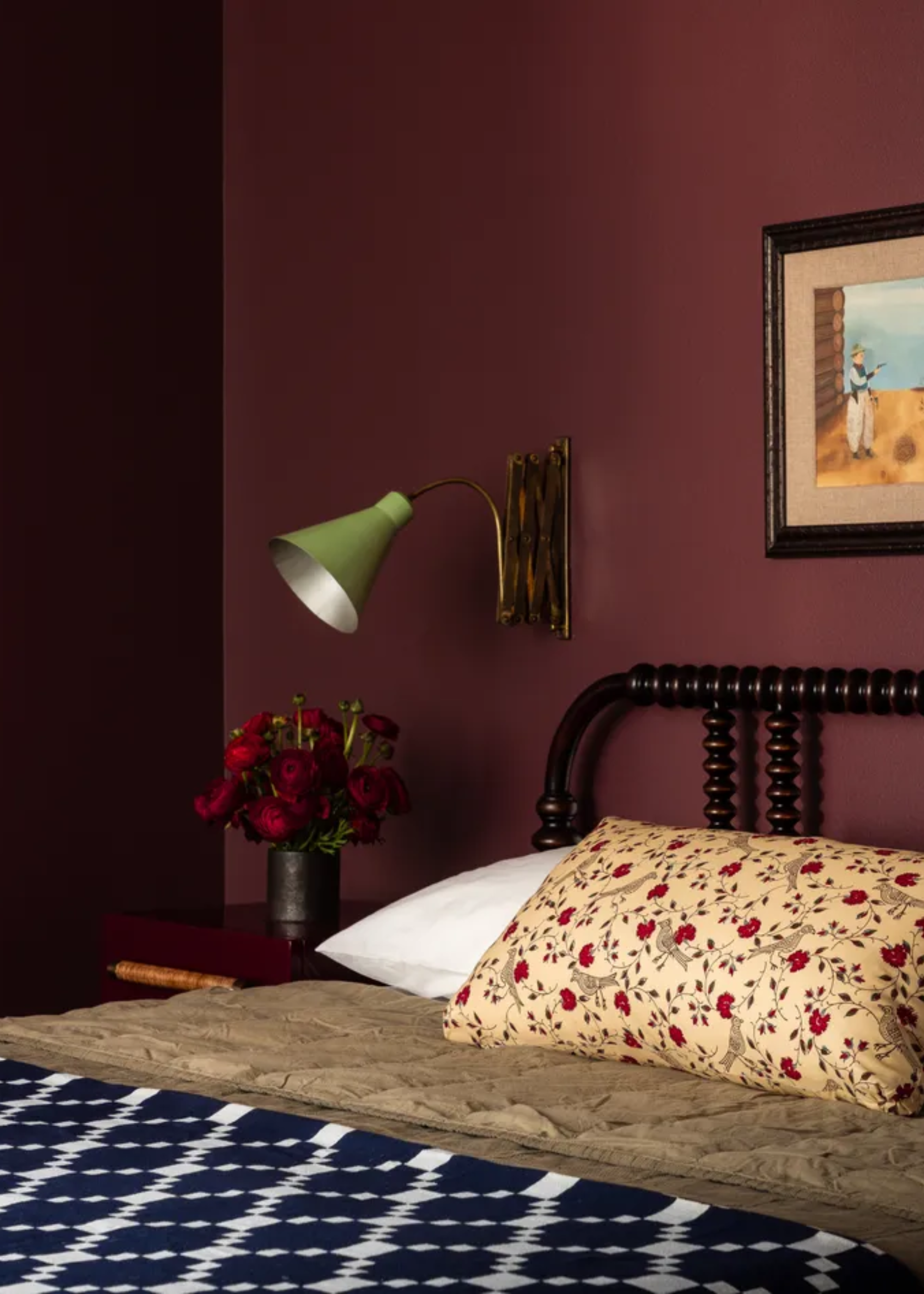
Improve your mood and your overall health by practicing proper sleep.
According to Mike, good sleep in cozy bedrooms regulates mood, consolidates memories, and supports everything from reaction speed to decision-making to performance.
"When we struggle to fall asleep or spend the night tossing and turning, we cut into the very stages of sleep that are critical for physical repair and emotional well-being," he notes.
"If we fail to achieve good sleep health, over time, this increases our risk of chronic health problems, weakens resilience to stress, and makes it harder to think clearly and perform on all cylinders.
"Learning how to improve sleep is one of the simplest but most powerful investments we can make in long-term health and daily performance."
FAQs
How Can I Sleep Better at Night Naturally?
Sleep science coach Riley Otis tells me that the answer to sleeping better at night is to start by working with your body instead of against it. The 10-3-2-1-0 sleep rule is a great example of healthy slumber practice.
"Expose yourself to daylight in the morning, move during the day, and give yourself time to wind down at night," she explains.
"Pay attention to what you eat and drink in the evening, since stimulants and alcohol can both interfere with rest. Build a calming nighttime routine, stay consistent with your sleep schedule, and let your bedroom environment support relaxation. Over time, these small steps add up to deeper, more natural sleep without needing outside aids."
Riley is a staff writer and certified sleep science coach specializing in mattress testing and reviews. She works with the content team to ensure accurate and up-to-date information. Riley graduated from Elon University in 2024 with a degree in journalism and creative writing. As a lover of sleep herself, Riley enjoys learning about the best sleep products and helping readers find their perfect match.
Although not a one-size-fits-all tip, sleep divorce is another popular practice for improved rest. So if you and your partner have many common interests, but resting preferences aren't one of them, it might be time to explore the peaceful world of sleep separation.

Amiya is a Home Wellness Writer at Livingetc. She recently graduated with a Masters Degree in Magazine Journalism from City, University of London, and has lent her words to beauty, fashion, and health sections of lifestyle publications including Harper’s Bazaar and Women’s Health. Her experience as a research analyst has equipped her with an eye for emerging trends. When she’s off the clock, she can be found reading, listening to music, or overanalyzing her latest Co-Star update.
- Fleur BrittenContributor
